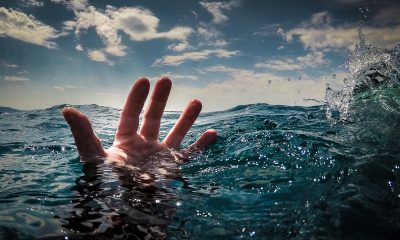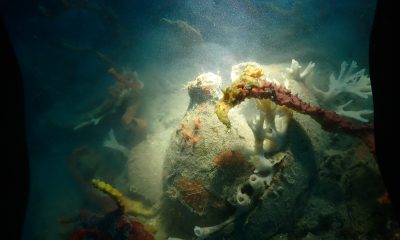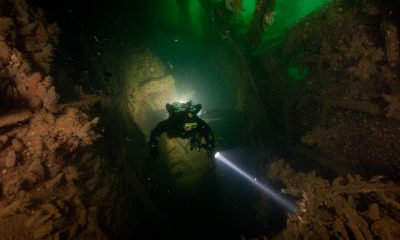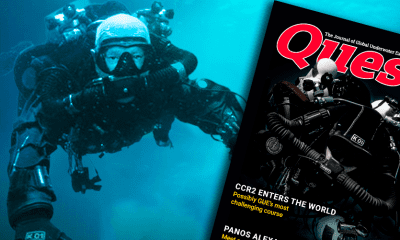Latest Features
Are you attending Scuba.Digital 2021?
Scuba.Digital was the first live and in virtual person dive show. And though its numbers were modest (800+), those who attended had a great time. And this year they are doing it all over again. So what’s going on for 2021?
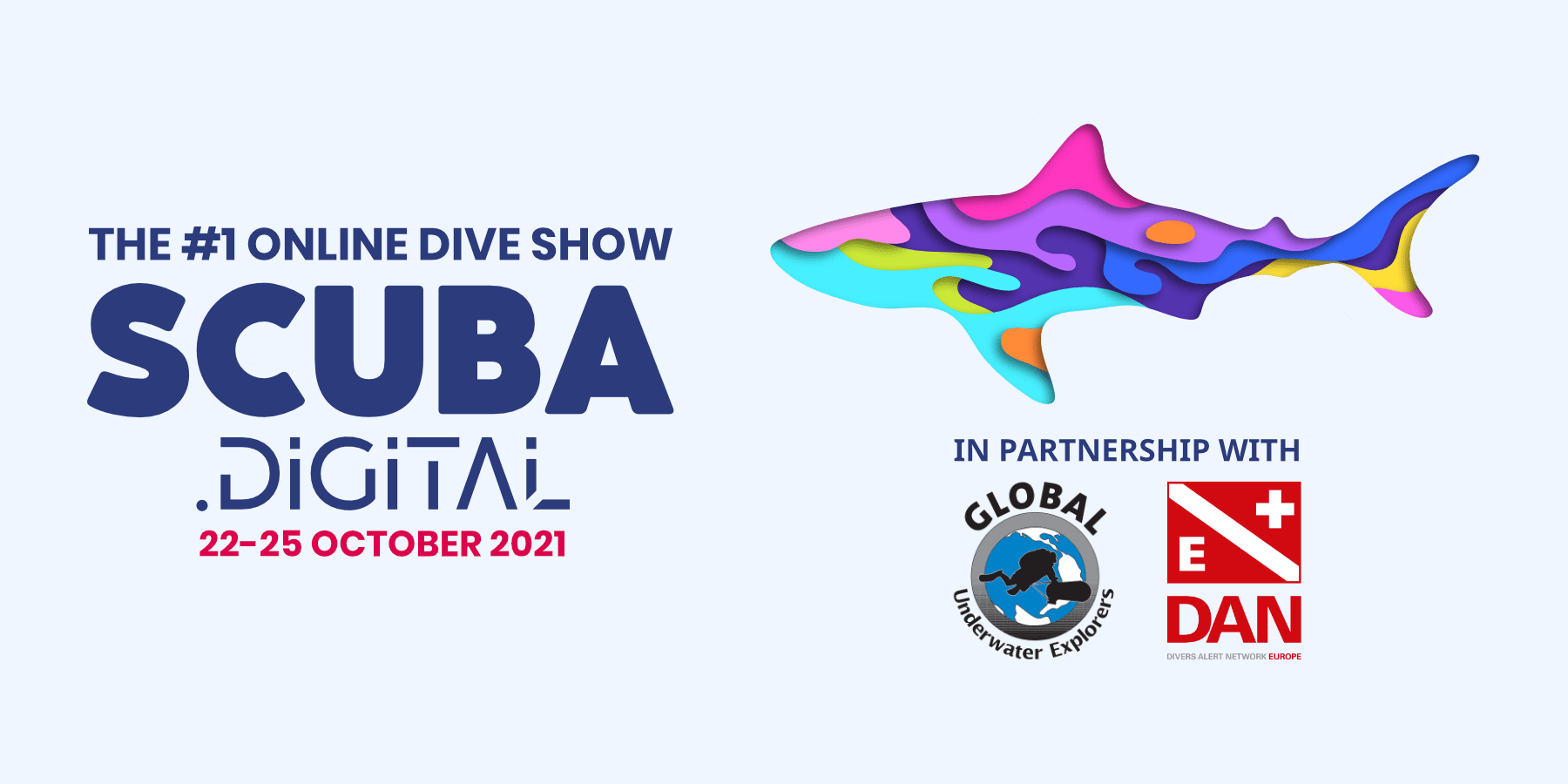
What is Scuba.Digital?
Well, if you were unconscious last year you may not know about the pandemic and its effect on mass events around the world. Specifically, dive shows! There weren’t any (at least that we know of).
Scuba.Digital was the first live and in virtual person dive show. And though its numbers were modest (800+), those who attended had a great time. You could see and hear the main stage, take part in various live sessions, take part in the random networking, and browse the exhibitor booths, which were also largely live. And this year we are doing it all over again. So what’s going on for 2021? Read on…
Scuba.Digital 2021
Building on our inaugural 2020 show, this year will again offer a huge series of LIVE presentations from Global Underwater Explorers (GUE) and DAN Europe, from some well known photographers, conservation orgs, and from more on the main stage. In addition, there will be exhibitor booths and exhibitor presentation sessions, open chat sessions, as well as our random networking thingy (a bit like speed dating only for divers!). Exhibitors can now have one-to-one (or up to 4) private video chats, and these can be booked by attendees through our appointments system even before the show itself.
Scuba.Digital Trade Day

Aimed at trade organisations and professionals, our Trade Day is just that, an opportunity for those in the trade to meet and greet, talk shop and even have a drink together, though it’s bring your own. It is a full 24 hrs and follows the sun around the world, meaning you can meet with anyone from anywhere if they are at the Trade Day.
It is free to attend; you just have to register, which you can do here, and once you have registered you will be given access to the event platform and a link to a free ticket. Inside the Trade Day there will be exhibitors (free if you are exhibiting at Scuba.Digital 2021), our random networking, and a few open sessions. You will also be able to make appointments just like in Scuba.Digital 2021. Think of the Scuba.Digital Trade Day as an online DEMA, without the travel and expenses and with the convenience of attending from whereever you want!
If you are a trade professional and would like to attend the Scuba.Digital Trade Day, then you can register here. Or visit Scuba.Digital to contact us for more info.
Scuba.Digital Underwater Photography Competition

Launched for 2021, the first prize is a liveaboard trip to Cocos Island on board the Argo in 2022. We have 11 different categories, and the winners of the categories will go into the final round of judging for the top prize. We have categories for Wide Angle, Macro, Wrecks, Nudibranchs, Free Diving, Divers, Portrait, Black & White, Underwater Art, Compact, and Sharks. So, there is something for everyone. You can enter one or more than one category. You can vote on other people’s photos, and the highest voted photos are then judged by our volunteer judges. Category winners and the overall winner will be presented on the main stage at Scuba.Digital 2021.
If you are interested in sponsoring a prize for one of the categories, get in touch. Check out all the amazing underwater photos that have already been submitted, or find out how to enter the competition.
Scuba.Digital Community
Having created the Scuba.Digital Dive Show, we wanted our website to be more than just a front page for the show, and so we have created a community for divers, freedivers and snorkelers. A bit like Facebook and other social media only without the algorithms! We will never spam you at Scuba.Digital and we will never sell your data to any third parties. Ever! There will be an offer area for liveaboard, resorts, and manufacturers to place their ads, but you will have to choose to go there. Your choice, not some random advert on your timeline!
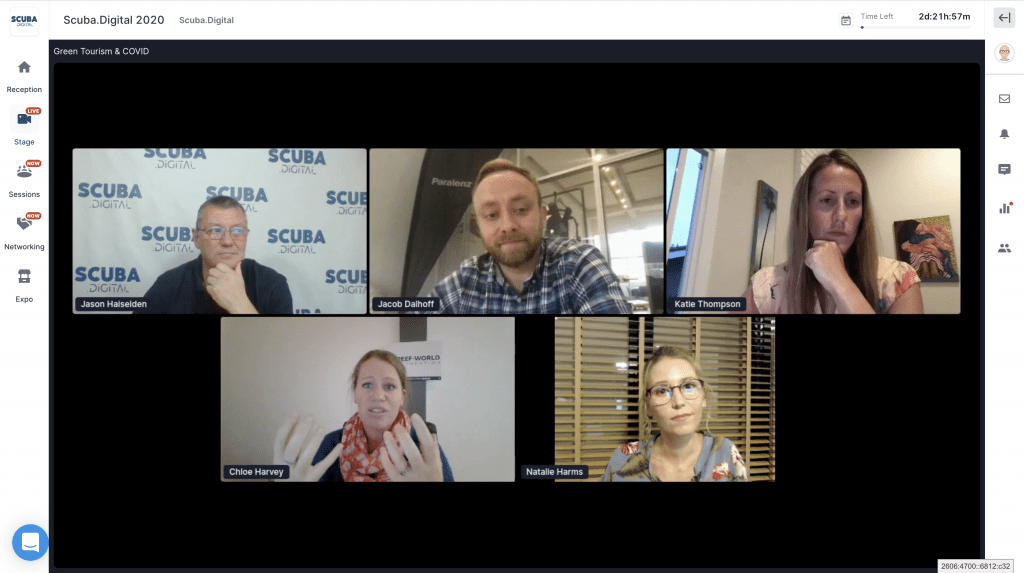
So, what does the Scuba.Digital Community offer you?
- Connecting with other divers, snorkelers, and ocean lovers from around the world
- Groups for special interests such as destinations, equipment, and more
- Upload of photos and videos
- A chance to be among the first to learn everything about Scuba.Digital – the #1 Online Dive Show
- Fantastic prizes you can win by entering our photo competition, with the grand prize being a free liveaboard trip to Cocos Island in 2022.
- Exciting new features coming soon!
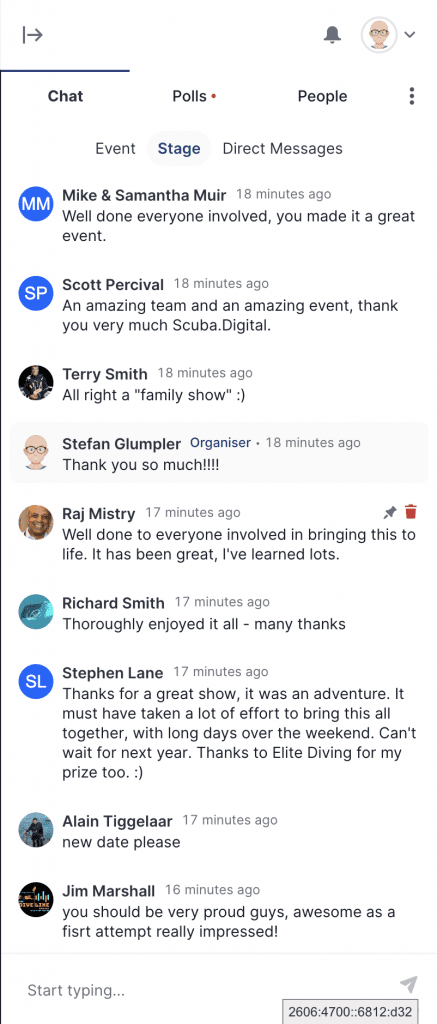
Best of all, it is free to register.
With so much going on, we thought that you might want to get a free ticket, so we have given some to InDepth magazine to give away. Just answer this simple…… no not really, just follow this link to get your ticket for Scuba.Digital 2021. No competition entry required!
Click here for your free ticket compliments of InDepth
We hope to see you at Scuba.Digital!
The Scuba.Digital team
Category: News Latest feature, Community
Tags: scuba show, scuba.digital,





















